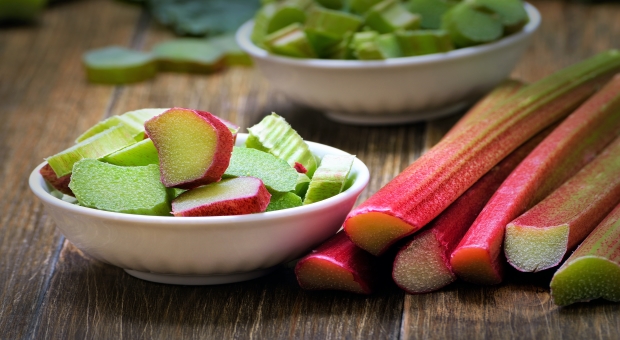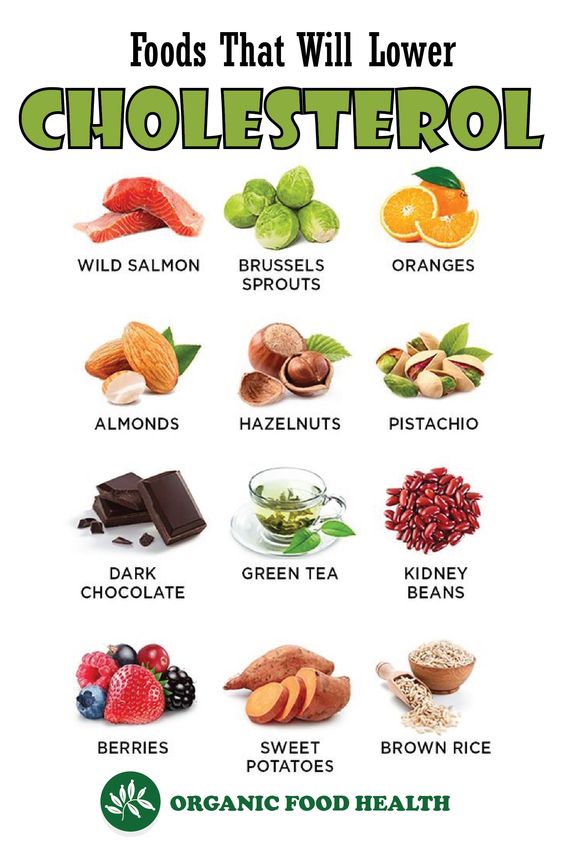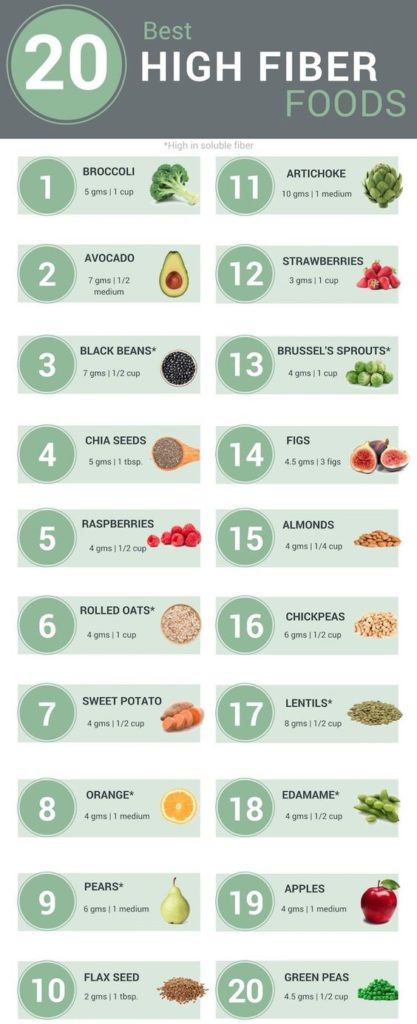According to both popular wisdom and scientific studies, eating a vegetables rich diet is pretty much synonymous with good health, especially in regard to protecting against heart disease.
And speaking of heart disease, this is one of the main causes of death in the United States. According to CDC data, heart disease kills 610,000 every year, i.e. 1 in 4 deaths is attributable to heart disease. Both men and women are affected by the way, but men make for more than 50% of deaths from heart disease due to increase risk factors, like stress, lifestyle choices (alcohol/tobacco consumption) and so on and so forth.
Find out our Firefather’s Time-Tested Natural Cures and Household Remedies
The good news is that vegetables may lower the risk of heart disease, as they protect cardiovascular health via various mechanisms. For example, leafy greens contain a high amount of nitrates, which naturally raise your NO level (NO stands for nitric oxide). Or, to give you another example, preventing the build-up of arterial plaque and thus having supple neck arteries translates into a lower risk of heart attacks and stroke, and you can achieve that by eating cruciferous vegetables.
Fiber in vegetables like fermented cabbage help with lowering blood pressure and controlling blood sugar levels (excellent for diabetics and people with cardiovascular disease), thereby you should consume this miracle-food regularly, even if you’re healthy as an ox, because prevention is always better than treating disease. Also, sauerkraut contains phytonutrients, which promote flexible blood vessels and blood flow. Moreover, you can achieve important heart health benefits by eating regularly vegetables rich in quercetin and magnesium.
So, to begin with…
If you want to boost heart health and lower your risk of strokes and heart attacks, you should include nitrate rich vegetables into your diet. NO protects your mitochondria and supports normal endothelial function, and is also a strong vasodilator which widens and relaxes your blood vessels, thus contributing to improved blood flow. The higher your veggie nitrate intake, the lower the risk of premature death and ASVD (atherosclerotic vascular disease). A nitrate-rich diet has been shown to contribute to preventing and treating both prehypertension and hypertension. Basically, nitrate rich veggies will shield you from heart attacks and heart disease, but don’t confuse nitrates found in veggies with nitrates that are common in ham, hot dogs and bacon (processed foods). Artificially added dietary nitrates common in processed foods are pretty much useless, as they are converted by your body into nitrosamines, a known carcinogenic. Veggie nitrates are always converted into NO, while those found in processed/cured meats are mostly converted into nitrosamines.
And in case you were wondering, here are the veggies which contain the most nitrates per 100 grams of produce: arugula, rhubarb, cilantro, butter leaf lettuce, spring greens, basil, beet greens, oak leaf lettuce, Swiss chard and red beets.
With summer around the corner, it’s worth mentioning that one of the season’s delicacies, watermelon respectively, also boosts your body’s NO production due to a compound named L-citrulline. However, eating large amounts of watermelon on a daily basis is not the best idea, as it contains tons of carbs, and that may lead to insulin resistance, which further increases the chances of heart disease. The key to a healthy life is moderation folks, nothing in excess, alright?
Besides L-citrulline, watermelon contains lycopene, a potent antioxidant which is also responsible for giving veggies and fruits their red or pink color. Lycopene is basically a carotenoid oxidant, which is incidentally much stronger than other antioxidants, like beta-carotene. Generally speaking, a diet rich in lycopene helps with reducing one’s risk of stroke by as much as 55 percent. Other antioxidants like beta carotene, alpha carotene, Vitamin A and Vitamin E are also healthy, but they won’t help as much as lycopene in regard to preventing strokes.
It’s also important to learn that L-citrulline in watermelon is a precursor of L-arginine, which is a crucial amino acid for NO synthase, i.e. it’s essential for the production of nitric oxide. Basically, L-citrulline raises the plasma levels of L-arginine and boosts NO production, thus improving cardiovascular function in diseases like heart failure, hypertension, diabetic vascular disease, atherosclerosis and ischemia-reperfusion injury.
As I already told you, improved arterial suppleness can be boosted by eating cruciferous veggies regularly, like cauliflower, broccoli, cabbage or Brussels sprouts. Besides improving heart-health, cruciferous veggies are known for their anti-cancer properties, but speaking of arterial health, people who eat lots of cruciferous veggies have healthier carotid arteries (thinner that is) compared to those who don’t. Hard and narrow arteries can lead to stroke and heart attacks, as they restrict blood flow. The lesson to be taken home is that eating cruciferous veggies on a daily basis is associated with a significant reduction in carotid artery wall thickness, i.e. in improved arterial suppleness.
What other options do we have?
On top of that, cruciferous veggies contain sulforaphane, which is a known anti-carcinogen. If you want to boost the health effects of these babies even further, eat your veggies with myrosinase-containing foods, like mustard seed. To make a long story short, sulforaphane and myrosinase work synergically (as in they boost each other’s health benefits), so try to combine cruciferous veggies with mustard seed, wasabi, daikon radishes, coleslaw or arugula. But keep in mind that mustard seed is the king of myrosinase enzyme, or the most potent if you like. The best way to eat broccoli is not raw, as many tend to argue, but steamed for 3-4 minutes. The light steaming process increases sulforaphane availability in broccoli, and also eliminates a heat-sensitive sulfur-grabbing protein, namely epithiospecifier, which inactivates sulforaphane. If you want to eat it raw, go for broccoli sprouts instead of mature broccoli, as sprouts are way richer in both sulforaphane and anti-cancer substances. Basically, you can eat less stuff for more health benefits, which is kind of awesome.
Traditionally cultured/fermented foods like sauerkraut contain both healthy bacteria for your gut and fiber. It’s already a proven scientific fact that having a healthy gut flora is essential to one’s overall health, including your heart. How does it work? Sauerkraut is rich in probiotics, and that promotes gut health, which translates into less (systemic) inflammation, optimal blood pressure, low triglyceride levels and healthy cholesterol levels. You can buy quality sauerkraut from health-stores, farmer’s markets or you can DIY, it’s pretty easy and cost-effective.
Speaking of the heart-disease epidemic which decimates the western world, you must learn that most people are deficient in magnesium. Over three hundred enzymes in our bodies are dependent on magnesium to function properly. Magnesium is also responsible for a wide-range of biochemical processes, including heart health. For example, magnesium plays a key role in adenosine triphosphate creation, which controls the action of the heart muscle.
If your body is magnesium depleted due to various factors such as an improper diet, your cellular metabolic function will be severely impaired, leading to a host of systemic health problems, including heart disease. If you want to make sure your cells don’t lack magnesium, eat plenty of spinach, turnip greens, collard greens, Swiss chard, Kale, Romaine lettuce, broccoli, Brussels sprouts, or dark green leafy veggies for short. Besides veggies, you can increase your magnesium intake by eating raw cacao nibbs or dark chocolate (over 85%), avocados, seeds, nuts, fatty fish, squash, herbs and spices like mustard seeds, parsley, cloves, basil, cumin, chives, coriander, along with fruits and berries like tomato, papaya, watermelon, strawberries, cantaloupe and raspberries.
I told you about quercetin rich foods in the beginning, as quercetin plays a key role in combating inflammation and boosting your body’s immunity, as well as ameliorating type 2 diabetes, obesity and circulatory problems. Quercetin also lowers blood pressure very effectively and lowers the risk of developing atherosclerosis. The best veggie to eat for boosting quercetin intake levels is the humble onion. The more pungent, the better is an onion in terms of health benefits. Besides quercetin, onions also contain polyphenols, sulfur phytochemicals and inulin, which help normalizing your triglyceride and cholesterol levels, while also having anticlotting properties, which lower the risk of developing all types of cardiovascular disease.
Another veggie that should be included in your “daily routine” is ginger. Ginger has amazing anti-inflammatory properties, and it helps in treating diabetes, reducing nausea and also motion sickness.
If you want to maximize your health benefits, you should include different types of veggies in your daily diet, including cruciferous vegetables, nitrate rich leafy greens and quercetin/magnesium rich varieties, plus sauerkraut and onions.
I hope the article helped. If you have questions or comments don’t hesitate to use the dedicated section below. And don’t forget to eat your veggies, okay?












Susan Fenton | September 25, 2019
|
Hey, thanks for sharing the post. I have learned about the Vegetable that keeps me healthy